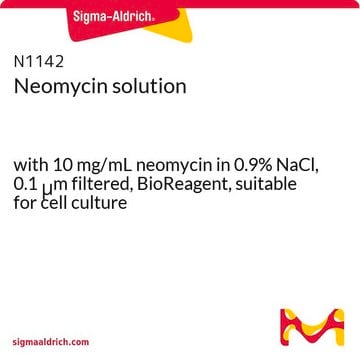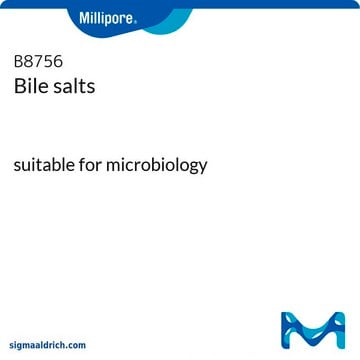P3292
Pancreatin from porcine pancreas
powder, suitable for cell culture, 4 × USP specifications
Synonym(s):
Pancreatin from hog pancreas
About This Item
Recommended Products
biological source
Porcine pancreas
Agency
USP (specifications)
form
powder
specific activity
4 × USP specifications
contains
lactose or sucrose as extender (The sucrose used might contain up to 3.25% starch.)
technique(s)
cell culture | mammalian: suitable
shipped in
ambient
storage temp.
−20°C
Looking for similar products? Visit Product Comparison Guide
Related Categories
Application
Biochem/physiol Actions
related product
Signal Word
Danger
Hazard Statements
Precautionary Statements
Hazard Classifications
Eye Irrit. 2 - Resp. Sens. 1 - Skin Irrit. 2 - Skin Sens. 1 - STOT SE 3
Target Organs
Respiratory system
Storage Class Code
11 - Combustible Solids
WGK
WGK 1
Certificates of Analysis (COA)
Search for Certificates of Analysis (COA) by entering the products Lot/Batch Number. Lot and Batch Numbers can be found on a product’s label following the words ‘Lot’ or ‘Batch’.
Already Own This Product?
Find documentation for the products that you have recently purchased in the Document Library.
Customers Also Viewed
Our team of scientists has experience in all areas of research including Life Science, Material Science, Chemical Synthesis, Chromatography, Analytical and many others.
Contact Technical Service












